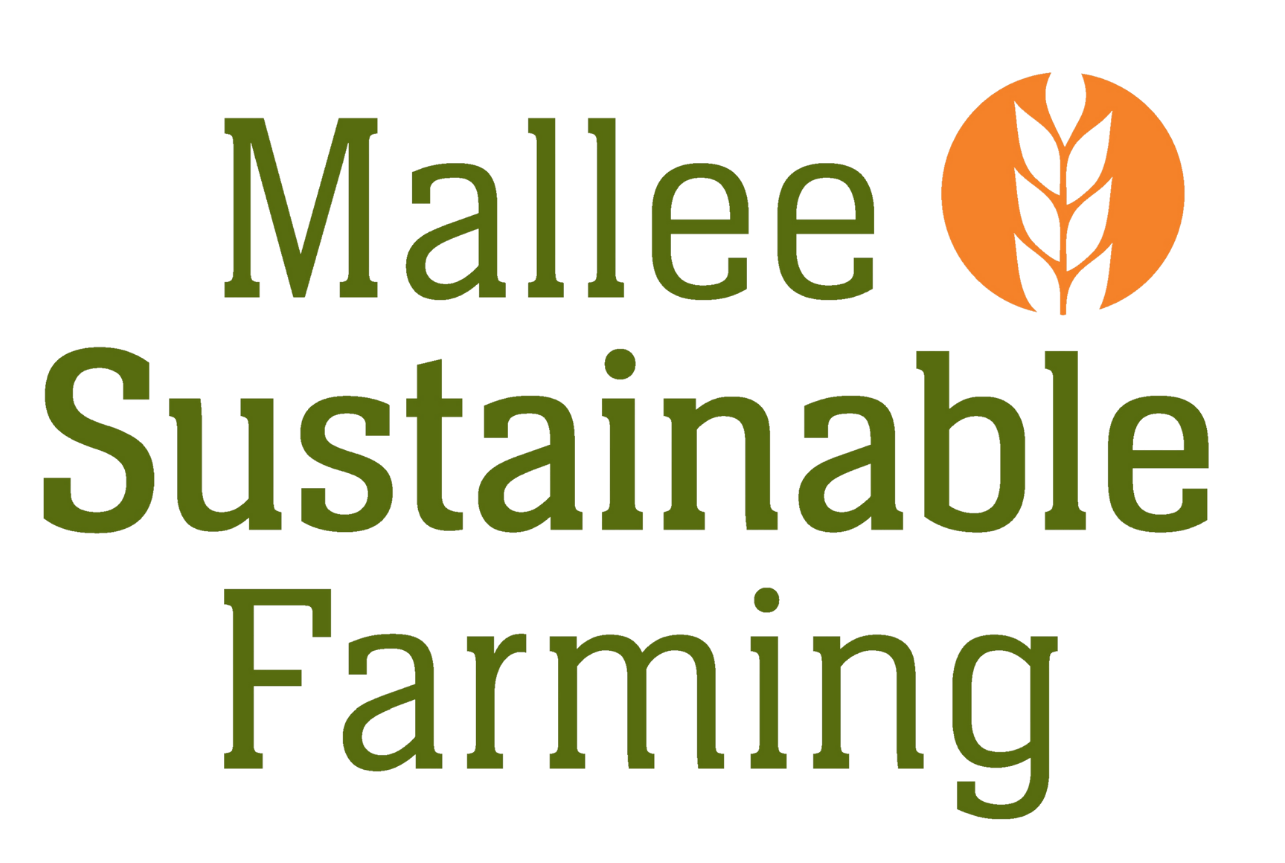Dry saline land is (DSL) is saline land degradation caused by transient subsoil salinity wicking to the surface through hot dry periods.
It is not driven by shallow perched or regional water tables and surface impacts can change significantly with seasonal conditions.
Transient salinity from subsoil layers rises through evaporation & capillary rise to concentrate in surface layers making them temporarily or permanently toxic to crop and pasture growth.



2. How to identify Dry Saline Land
1. Assess the landscape
Assess the landscape as to whether there are any sandy potential recharge areas with may be contributing to a perched water table Mallee Seep. Dry saline land can appear anywhere in paddocks from within broad stony or clayey flats to the tops of rises.
2. Dig a hole
Dig a hole with an auger to check whether there is any obvious perched water table within the top 2m of soil. If so, then the area should be managed as a Mallee Seep.
3. Analyse Satellite Data
Check the satellite NDVI history for the site (AgriSolve – Step by step guide to early Mallee seeps ID using NDVI). Mallee seeps will show extended plant growth around scald areas through October and November due to root access to perched water tables, whereas Dry Saline Land will not.
Below is an example of NDVI images taken late season, (Nov 1st) 2020, as paddock growth dries out
Dry Saline Land

Mallee Seep

3. Four key management Strategies to overcome Dry Saline Land.
3.1 – Establishing and Maintaining Soil Cover
3.2 – Saline Topsoil Amelioration
3.3 – Opportunistic management of seasonal rainfall
3.4 – Using Salt Tolerant Varieties
The optimal strategies used will depend on individual factors such as the size and severity of DSL areas, soil types, farming systems, access to resources and seasonal conditions.

Acknowledgements

















